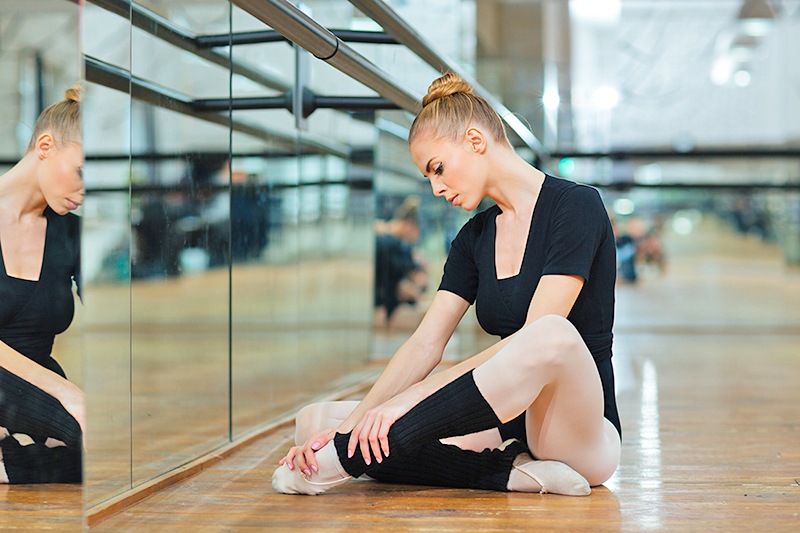The Treatment and Prevention of Blisters
People usually associate blisters to only their feet. But, these skin irritations can occur anywhere on the body. Wherever body parts rub together or against clothes. You can prevent blisters by preventing chafing. Stop them before they appear. All you need to do is pay attention to your skin. If there is a risk of chafing, be prepared, and take precautions.
Although blisters can appear anywhere, they are most common on your feet. Therefore, we have compiled a list of recommendations from a foot/ankle specialist and dermatologists.
Blister Tips from the Specialists
Protect your feet: wear nylon, moisture-wicking socks. These will keep your feet dry. If one pair does not work, you can try two. Shoes also need to properly fit. And make sure they are not too loose or too tight.
Wear the right clothes: You also need moisture-wicking clothing when you are active. Be sure they are loose-fitting, so they do not rub your skin. Additionally, do not wear cotton when physically active. Wearing cotton when active can soak up moisture, which can cause chafing.
Soft bandages: Feet and thighs are common problem areas for chafing. Consider using bandages for these spots. Just make sure they are securely applied, or they can cause chafing.
Powder or petroleum jelly: These items reduce friction in areas where skin rubs together.
Any time that you feel discomfort, you need to cease the activity. You should also stop if your skin turns red. If not, you will likely develop a blister.
If You Get a Blister
The best approach is to be patient. Leave the blister alone. Most blisters heal on their own over a few weeks. Also, do not start up any activity again until it is fully healed. However, to treat a blister, the following steps are recommended:
Cover: Using a bandage, lightly cover the blister. Raise the middle of the bandage a little by bringing the sides in.
Padding: Use padding for blisters in high-pressure areas (soles of your feet). Cut padding into a donut shape. Place the bandage over the foot blister. The hole will be directly over it. Then cover the whole thing with a bandage.
Leave it: Do not pop or disrupt the blister. This can cause an infection. If the blister is painful and very large, it can be drained. Sterilize a small needle with rubbing alcohol. Pierce one side of the blister only. This allows the fluid to drain.
Clean: The area needs to be kept covered and clean. A drained blister can be cleaned. Wash the area with warm soapy water. Then, apply petroleum jelly. Never take off the “roof” of a blister. This is protecting the raw skin underneath.
Watch closely for any signs of infection as the blister heals. Redness, pus, swelling, and worse pain are all signs to watch for. If you notice these, contact your doctor.
If you are experiencing painful re-occurring foot blisters, please call us at 888-409-8006 for relief. Top Foot/ Ankle Specialists in South Florida.

